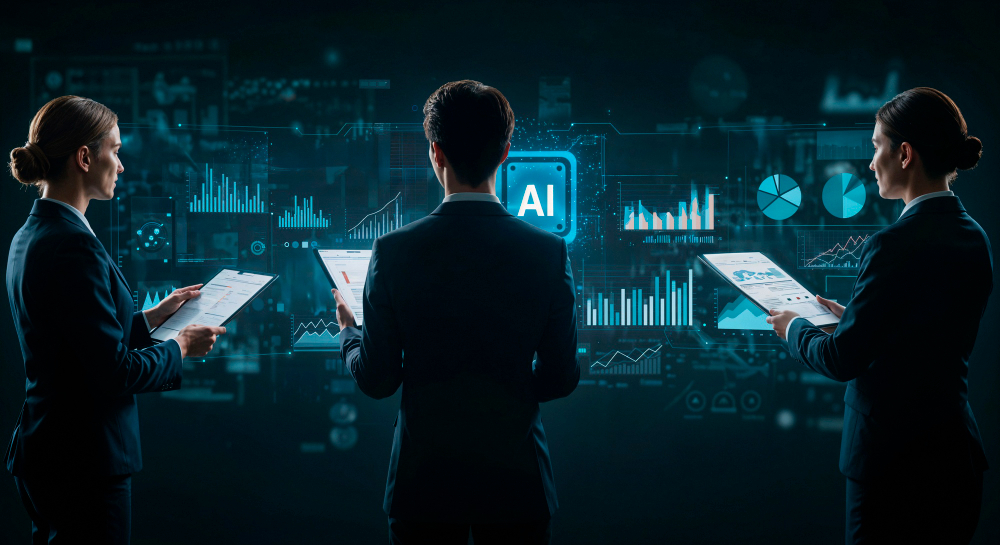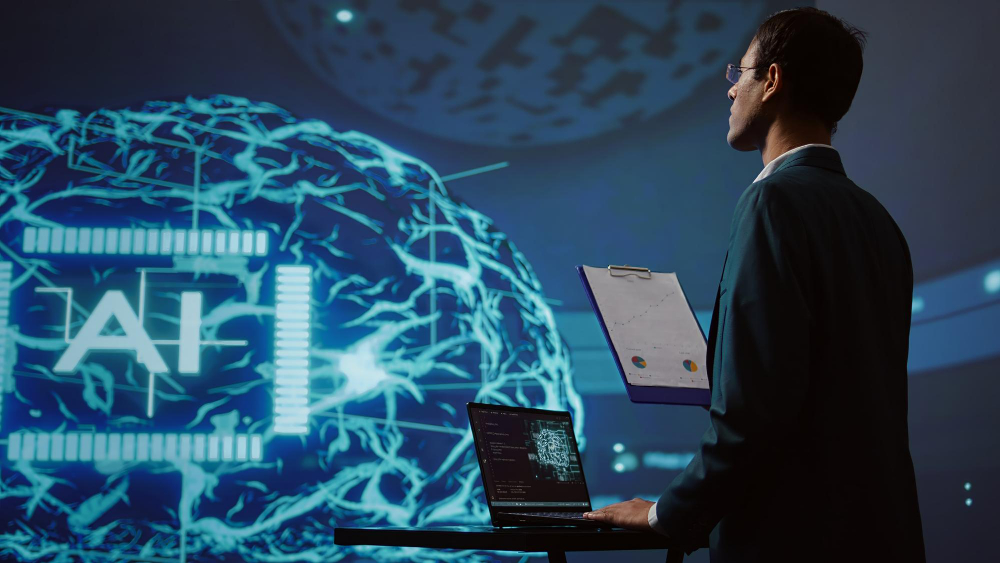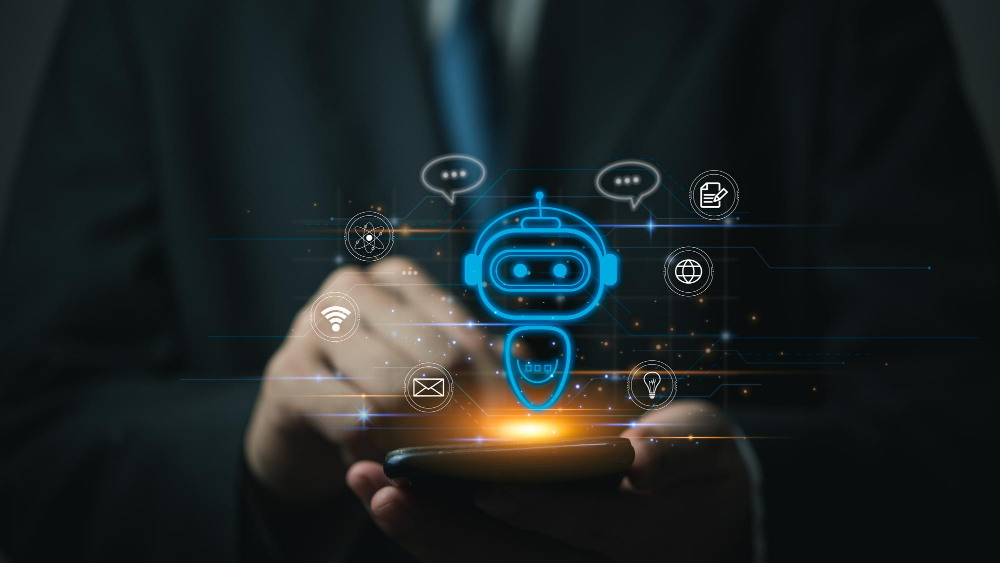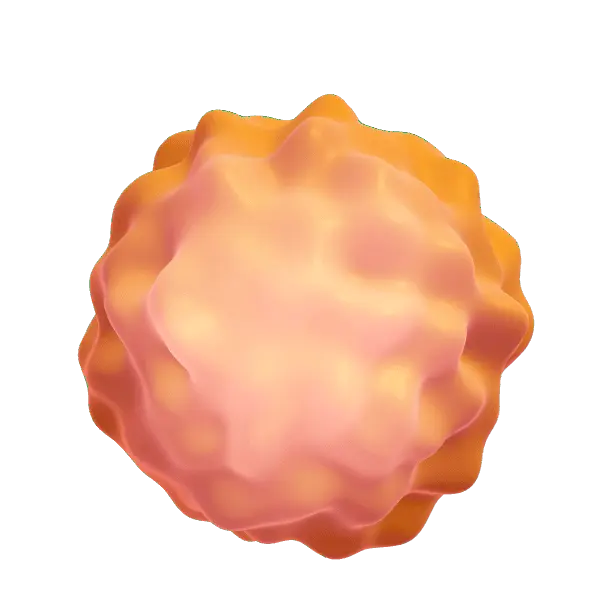As businesses transition into a more data-driven era, AI decision making for SMEs is becoming a critical capability rather than a future aspiration. Small and medium enterprises are increasingly exploring how AI driven strategic planning can simplify complex decisions, reduce uncertainty and support sustainable growth. In 2026, decision-making will no longer rely only on experience or intuition. Instead, SMEs that adopt AI thoughtfully will gain clarity, speed and confidence in planning and execution.
How SMEs can use AI to simplify decisions and planning
AI decision making for SMEs focuses on using intelligent systems to analyse information, identify patterns and recommend actions. When combined with AI driven strategic planning, it allows business leaders to move away from fragmented data and manual analysis. Instead of reacting to problems, SMEs can proactively plan with insights generated from real operational data.
AI systems help decision makers prioritise tasks, forecast outcomes, and evaluate scenarios in real time. This makes planning more structured and less dependent on guesswork. As organisations prepare for 2026, AI decision making for SMEs will play a central role in improving accuracy and reducing delays in strategic initiatives.
Why AI decision making for SMEs is gaining momentum
The growing complexity of markets has made traditional planning methods less effective. SMEs face limited resources, tight margins and rapidly changing customer expectations. AI decision making for SMEs addresses these challenges by automating analysis and providing actionable insights that are easy to interpret. AI driven strategic planning supports leaders in identifying what matters most and where to allocate effort.
Businesses that understand how SMEs use AI for strategic decisions often realise that AI does not replace leadership judgement. Instead, it strengthens it by offering clarity and consistency. With AI adoption increasing across industries, SMEs that act early are better positioned to compete with larger organisations that already rely on advanced analytics.
How AI improves clarity in strategic planning
Strategic planning becomes difficult when information is scattered across systems or trapped in spreadsheets. AI decision making for SMEs centralises data and transforms it into meaningful insights. AI driven strategic planning helps teams understand dependencies, timelines and risks without spending hours compiling reports.
By using AI, SMEs gain visibility into progress and performance. Leaders can quickly identify bottlenecks and adjust plans accordingly. This approach supports faster alignment across teams and reduces friction caused by miscommunication. As planning cycles shorten in 2026, clarity will be a key differentiator for high-performing SMEs.
Using AI to reduce uncertainty and bias
Human decision-making is often influenced by assumptions and incomplete information. AI decision making for SMEs introduces consistency by analysing historical and real-time data objectively. AI driven strategic planning reduces bias by highlighting trends that might otherwise be overlooked.
When businesses explore how SMEs use AI for strategic decisions, they often find that AI helps validate choices rather than dictate them. Leaders remain in control while AI provides evidence-based recommendations. This balance improves confidence and helps SMEs commit to long-term strategies with greater assurance.
How AI supports operational and strategic alignment
One of the biggest challenges for SMEs is aligning daily operations with long-term goals. AI decision making for SMEs bridges this gap by connecting tasks, workflows and outcomes. AI driven strategic planning ensures that operational decisions support broader business objectives.
AI tools continuously monitor progress and flag deviations from plans. This allows SMEs to respond quickly and maintain alignment even as priorities change. In 2026, businesses that align execution with strategy using AI will adapt faster and waste fewer resources.
The role of AI in scaling SME decision frameworks
As SMEs grow, decision-making becomes more complex. What worked for a small team may not scale effectively. AI decision making for SMEs provides a structured framework that grows with the business. AI driven strategic planning adapts to increased data volume and operational complexity without adding administrative burden.
Understanding how SMEs use AI for strategic decisions highlights the value of scalable systems. AI enables consistent decision-making across departments, reducing dependency on individuals and improving continuity as teams expand.
How Stratpilot enables smarter AI driven decisions
Stratpilot is designed to help SMEs simplify decision-making and planning without overwhelming teams. By combining intelligent task management, automated workflows and planning insights, Stratpilot supports AI decision making for SMEs in a practical and accessible way. Businesses can manage priorities, track progress and plan strategically from a single platform.
Stratpilot strengthens AI driven strategic planning by bringing structure to daily operations. Leaders gain a clear overview of tasks, dependencies and outcomes, enabling faster and more informed decisions. Instead of reacting to challenges, SMEs can plan confidently and execute with clarity as they move toward 2026.
Stratpilot also helps businesses understand how SMEs use AI for strategic decisions by embedding intelligence directly into workflows. This approach reduces complexity and makes AI adoption achievable for teams at any stage of growth.
Request a demo to see how clearer decisions could change your planning approach.
Frequently asked questions
1. How does AI decision making for SMEs differ from traditional planning
AI decision making for SMEs relies on real-time data analysis and intelligent recommendations rather than manual reporting. This makes planning faster, more accurate and easier to adapt.
2. Can AI driven strategic planning work for small teams
Yes, AI driven strategic planning is especially valuable for small teams because it reduces manual effort and supports better prioritisation without requiring large resources.
3. Is AI decision making for SMEs difficult to implement
Modern platforms are designed to be user-friendly. With the right tools, SMEs can adopt AI gradually without disrupting existing workflows.
4. How does AI help reduce planning risks
AI analyses patterns and trends to highlight potential risks early. This allows SMEs to adjust strategies before issues escalate.














